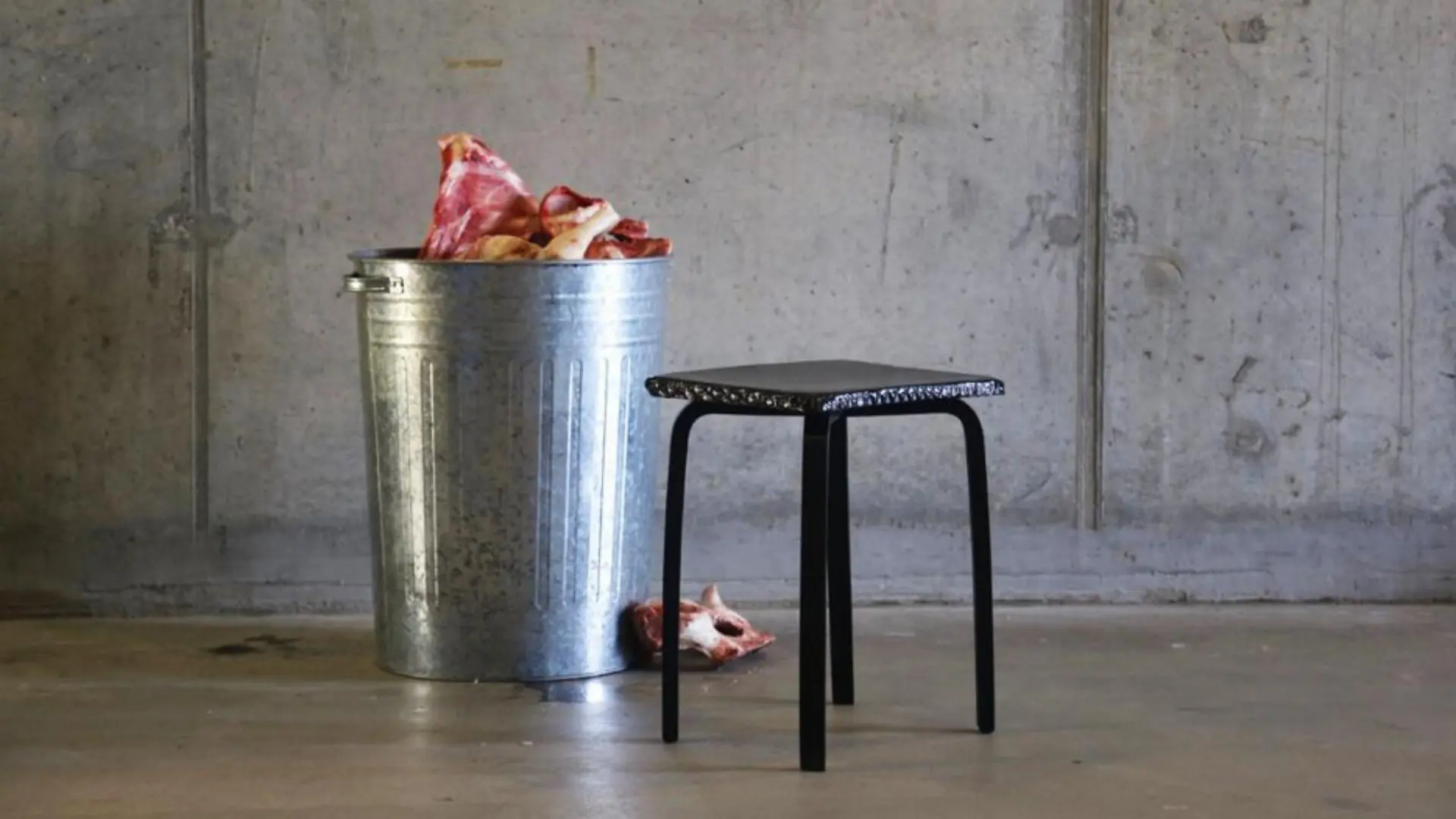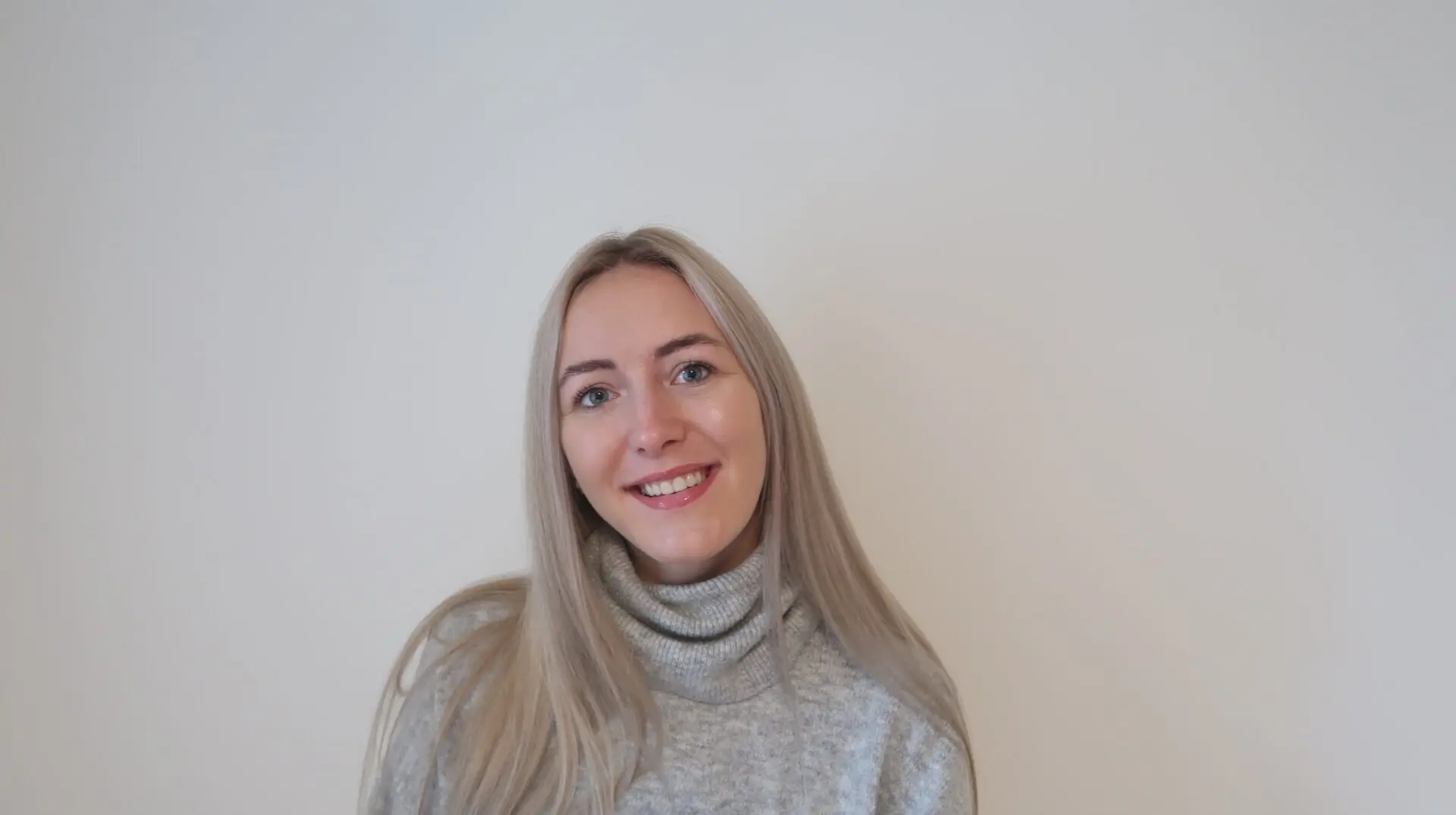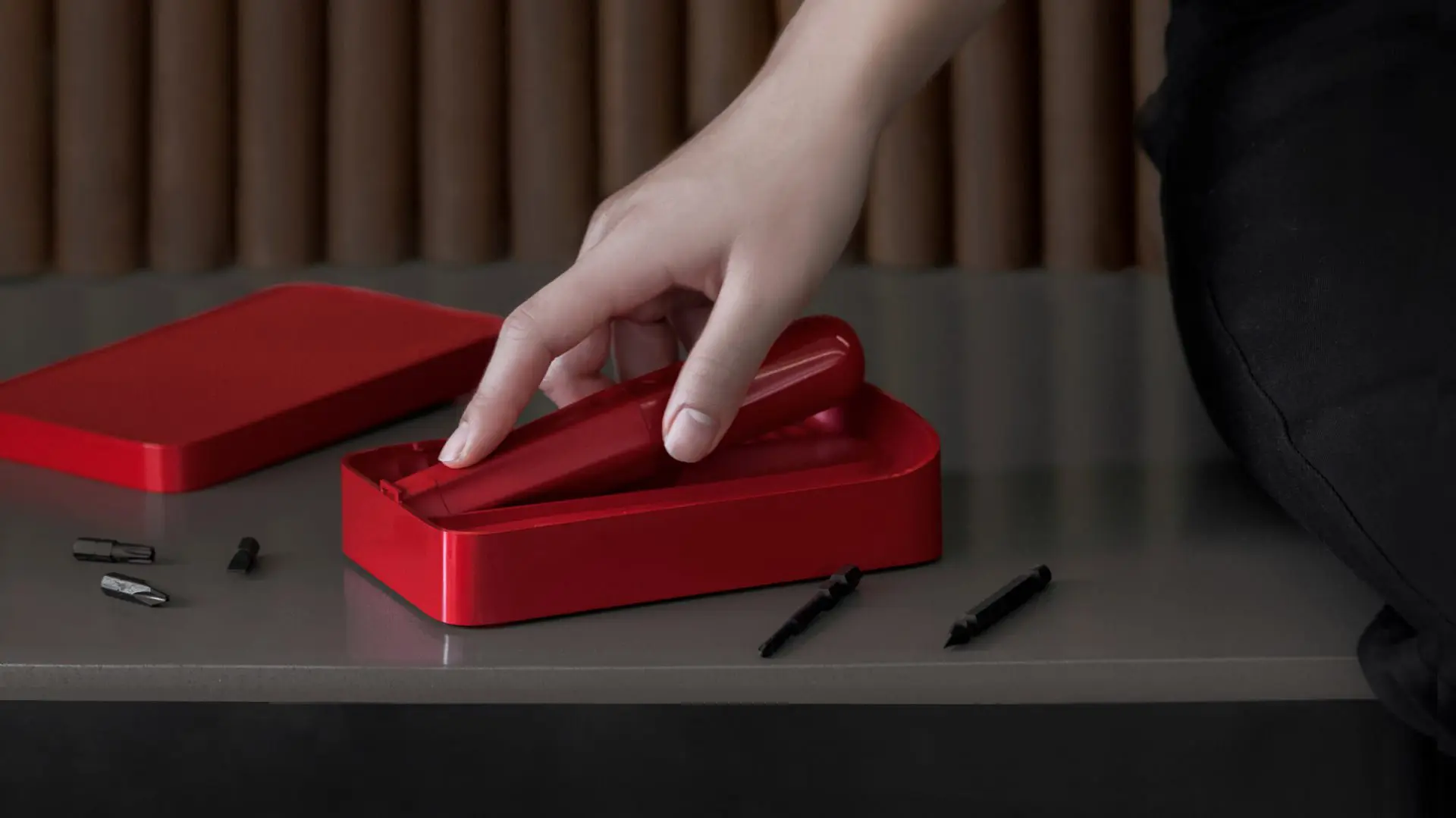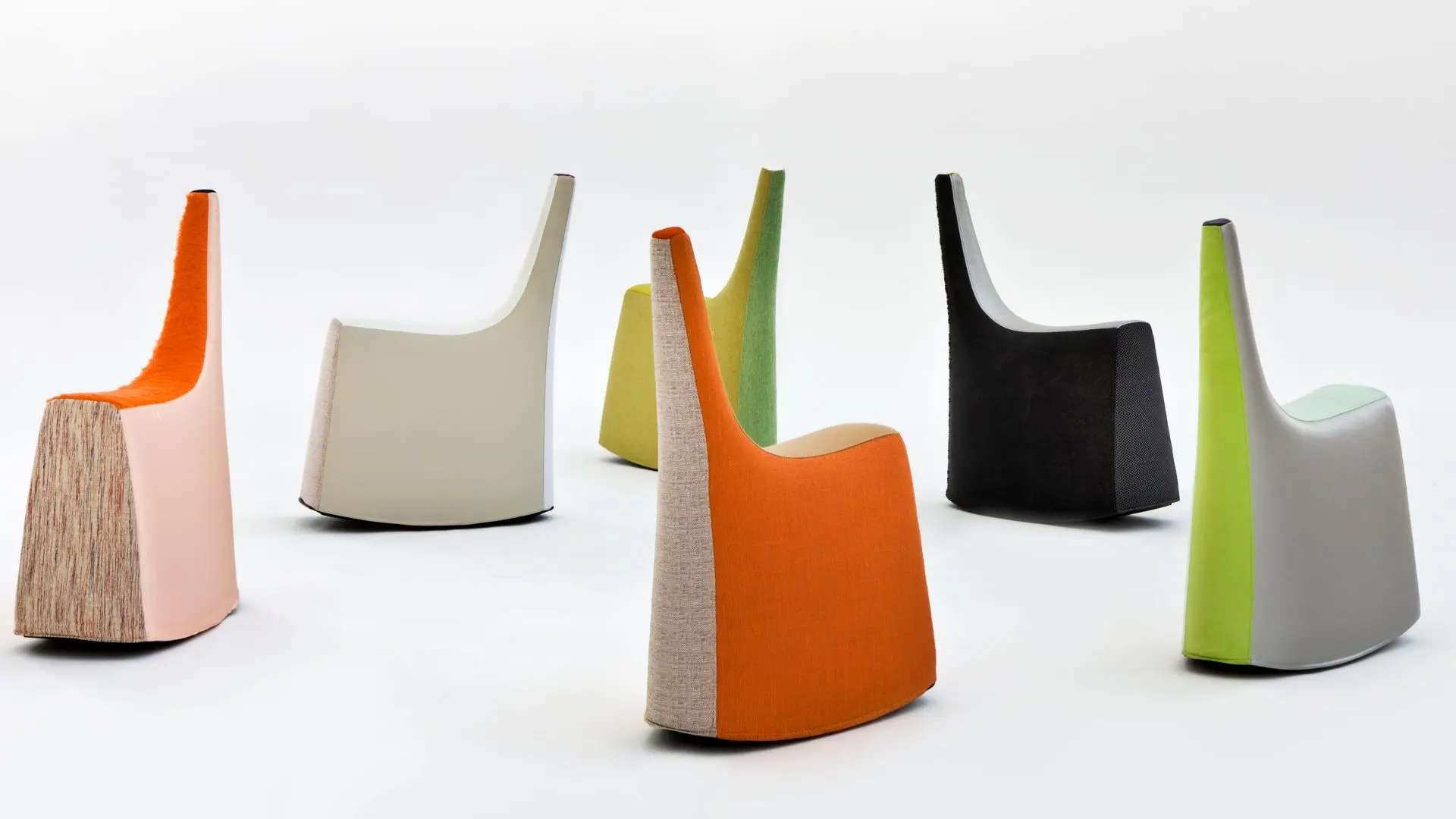6 products made from food waste: believe it or not, this is possible!
Innovations in product design showcase that amazing results can also be achieved from food scraps

People browsing through design stores may have a hard time imagining that products on display, with beautiful leather-like patterns, are made from recycled fruit and food waste left in the garbage.
Believe it or not, this is possible! Recently, an analysis by ReFED showed that improved package design could remove more than one million tons of food waste and six million metric tons of greenhouse gas emissions every year.
Clearly, there is an incredible opportunity in product design to reduce food waste.
Some designers are already ahead of the game and prove that stunning items can be produced in an environmentally-friendly way.
Here is a look at 6 products made from food waste that can be used in everyday life.
1. Dishes by Kosuki Araki
Tokyo resident Kosuki Araki has suggested a new way of recycling food waste.
Charred food scraps and “animal glue”, which is obtained by boiling bones and meat skin, are turned into stylish cups, bowls and vases.
Skins, peels, eggshells, bones, rotten fruits and vegetables – everything is useful in the design process.
Kosuki uses his own household food waste as a working material, and in two years, he has managed to recycle 315 kilograms of food.

The designer coats the finished pieces with traditional Japanese black lacquer.
His first work, the Anima collection, was presented as part of the Food Revolution 5.0 Design for the Society of Tomorrow exhibition at Berlin’s Museum of Arts and Crafts.
2. Kitchen items by Barbara Gollackner
The next on our list is the work of Austrian design studio Barbara Gollackner.
During Vienna Design Week, the studio presented its impressive Wasteware collection.
For this series, the designers turned to an Austrian restaurant owner and chef, and the collaboration resulted in plates, cups and cutlery made from industrial and household food waste.

According to the team of the studio, the inspiration for the collection came from striking statistics that showed 90 million tons of food are thrown away annually in Europe alone.
For their collection, the organic waste was recycled and then printed on a 3D printer.
All products have simple shapes and minimalistic designs and can be used several times.
3. Handbag by ScobyTec
Could you imagine your favourite leather bag made from food waste?
That may be the future! Cellulose is a strong, structural plant material that can be used in textiles, which is why some leather alternatives are now made of it.
Isolated cellulose fibres can be felted and combined with materials to produce a flexible material.
The perfect example is provided by ScobyTec, a German bio-fabrication research company, which has developed an alternative to vegan leather.
Hint – it features bacterial cellulose! The company used it to create a simple but practical handbag.

ScobyTec consists of an international research team in biology, software development, industrial design and apparel technology.
The company develops sustainable bacterial cellulose materials to replace leather, cotton and wood-based viscose.
4. Chairs by Clemence Grouin Rigaux
Perhaps one of the most unexpected product designs on our list is that of Clemence Grouin Rigaux, who uses meat offcuts to create a resin-like material which can be utilized for furniture and home accessories.

The designer makes full use of waste from the slaughterhouse industry since animal remains are a constant and important waste stream.
Blood, bones, fat, skin, feathers, animal off-cuts and urine all cause huge environmental problems.
They overwhelm the natural ecosystems on our land, rivers, and oceans.
Disposing of animal waste is costly, so many slaughterhouses get rid of their waste in sewers, landfills or farmland.
However, this does not solve the environmental threat because even when incinerated, this waste releases dangerous heavy metals into the atmosphere, which are extremely harmful to air quality and human health.
Taking this waste and making it into functional everyday objects reduces the mountain of rubbish that society produces on a daily basis while simultaneously changing people’s perceptions.
Waste can be a valuable commodity if you know how to utilize it!
5. The Frayme Mylo™️ by Stella McCartney
The fashion and product design industry is looking for something to replace animal skin and its synthetic imitations, so a number of brands are betting on an alternative based on mushroom mycelium. In the past few years, there has been a lot of hype around the plant-based leather alternative, but only a few products are available for purchase.
However, since July, Stella McCartney and Bolt Threads have been selling the first luxury bag made from mushroom leather material.

6. Furniture by Mari Koppanen
Another gorgeous example is the work of furniture designer Mari Koppanen, who has created a stunning seating collection that is enveloped by sheets of amadou made from the fruit of the fungus.

Designers have been experimenting with environmentally friendly materials for many years.
The good news is that renewable, recyclable, reusable, and biodegradable materials are becoming more important every year.
Food waste is a problem all around the globe, but smart product design is a great way to utilize at least a part of it.










